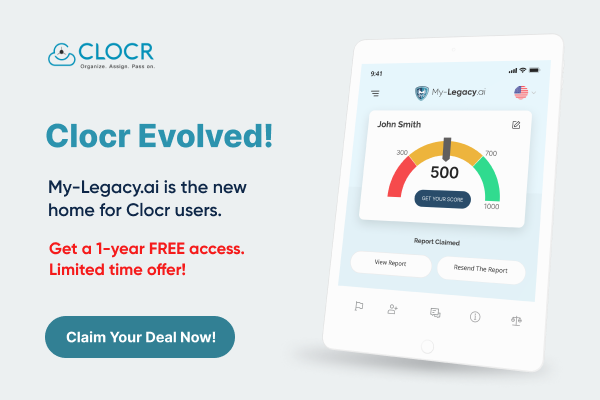The success and growth of most businesses depend on their ability to adapt and grow. With the advent of the internet, almost all businesses have an online presence to some extent. This means that most organizations make use of Digital Assets to run and maintain some part of their businesses. But what exactly are Digital Assets? Assets are anything that possesses value. They are any valuable information that is stored in a digital format.
We’ve learned what they are, but it should be noted that the Digital Assets possessed by an organization differ from those owned by an individual, (primarily in volume) even though they share some similarities such as common file formats and social media accounts.
So what constitutes the Digital Assets owned by an organization?
-
- The company website and the domain name it is associated with.If the business is an online store, then the store itself is a Digital Asset. So, sites like Amazon and eBay themselves are Digital Assets
- Trademarks and patents that are owned by the company. Many organizations make use of patents and trademarks to protect and improve their brands.
- List of clients and customer information that is stored on a digital database. The customers are the crux of any business, and having a dedicated database to store customer information makes access to this information easier.
- Images, videos, presentation files, spreadsheets, manuals, and the apps made for/by your company are also Digital Assets. The files that are used by an organization constitute its library of Digital Assets, similar to those possessed by an individual.
- Social Media Accounts of the company, with different user agreements for different platforms. Linkedin, Facebook, Instagram, Twitter, and other social media handles serve as the face of the organization.
- Bank and PayPal accounts registered in the company’s name. Here, it should be noted that the account information itself is the Digital Asset. Not the liquid cash that is being transferred. Even though the transfer is done digitally, only the accounts are considered to be Digital Assets.
It should be noted that all organizations may not possess all of the above-mentioned Digital Assets. The assets owned largely depend on what kind of business is being run and how much of it is dependent on digital services. For example, an online store possesses more Digital Assets that it relies on when compared to an offline store that perhaps only has Digital Assets such as PayPal accounts.
With so many Digital Assets available, it can become overwhelming to manage and secure all of them. Unlike those owned by an individual, the assets of an organization belong to a collective. When it comes to businesses, most of the Digital Assets are of monetary value. Thus, it becomes imperative that you secure them through the appropriate Digital Estate Planners.
Being relatively new, Digital Assets and their management is still a cause of confusion to many people. This is especially true when it comes to deciding what happens to them once those who oversaw them previously pass on.
Since Digital Assets are stored across various platforms, the numerous user agreements make it so that many of them may become inaccessible following the user’s death. With the help of Digital Estate solutions such as the one offered by Clocr, your Digital Assets can be secured beyond death or incapacitation.
Now that you know what encompasses the Digital Assets of an organization and why they should be preserved, sign up with Clocr to create a Digital Estate Plan to secure the Digital Assets of your organization.




